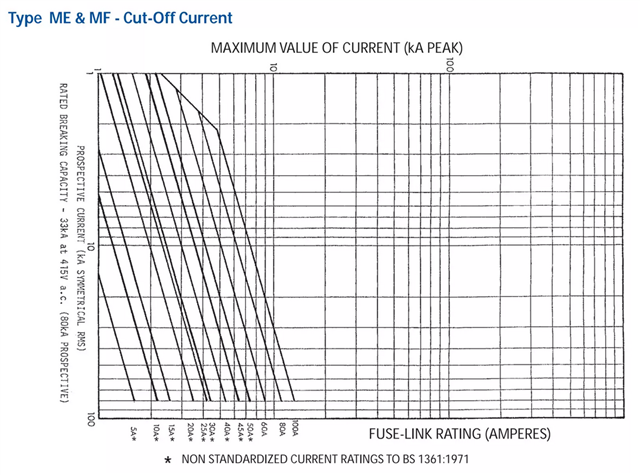Good afternoon
On a 3 phase DB what is the purpose of measuring the PEFC?
I know we measure the prospective short circuit current between L1,L2,L3 and N and then double the highest reading.
This is the Prospective Fault Current which is being recorded.
Why should we waste time with prospective earth fault current?
Are there cases where PEFC is higher than PSSC?
Thanks
